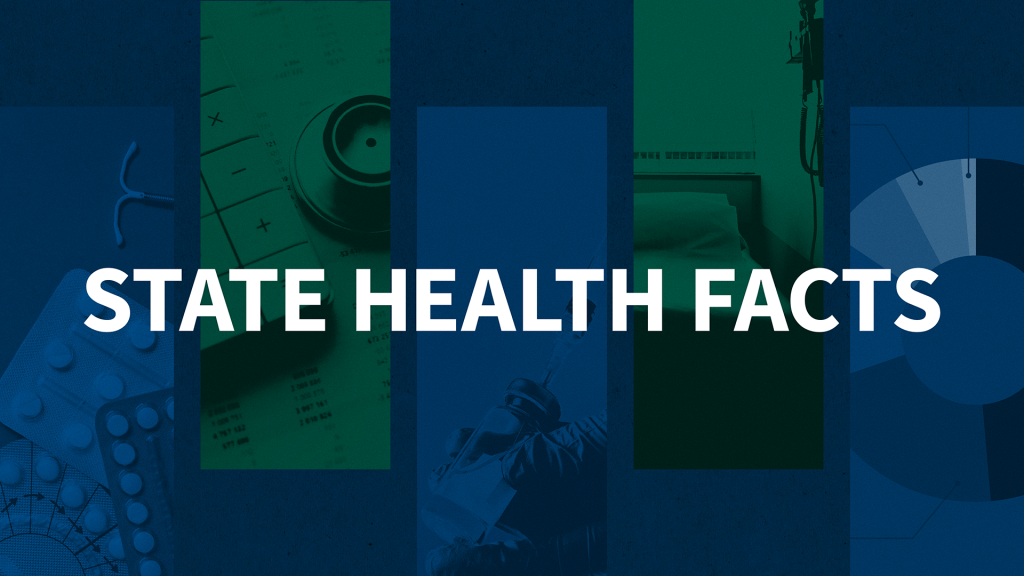Vermont Health Care Reform Plan
On May 25, 2006, Vermont Governor Jim Douglas signed into law comprehensive health care reform legislation. The plan is designed to increase access to affordable health care while reducing cost through quality improvement measures. The plan requires employers to provide or help finance coverage for their workers.
